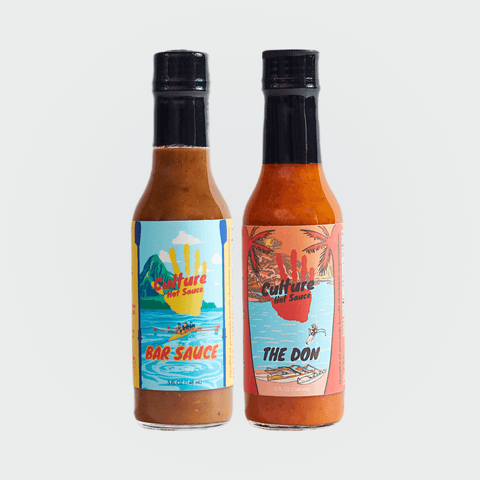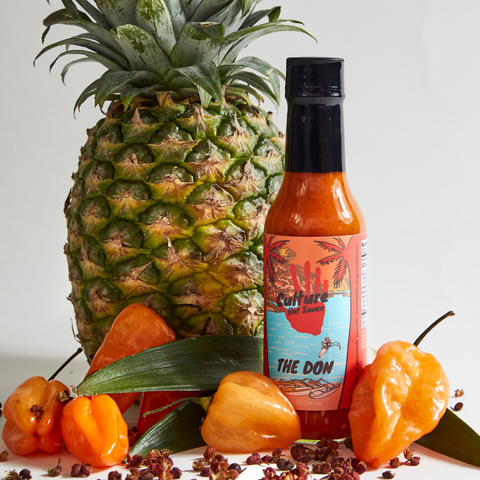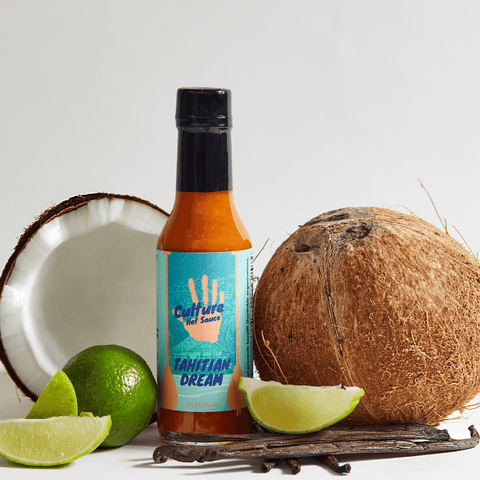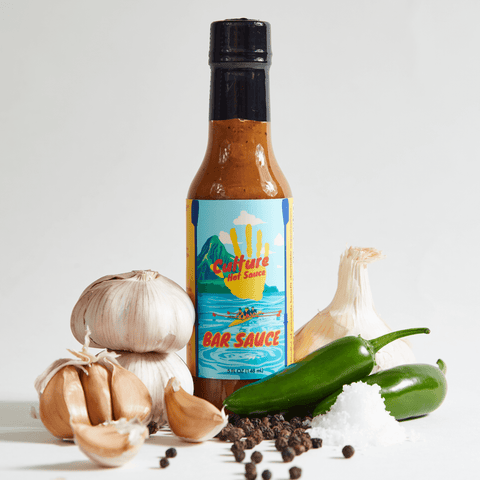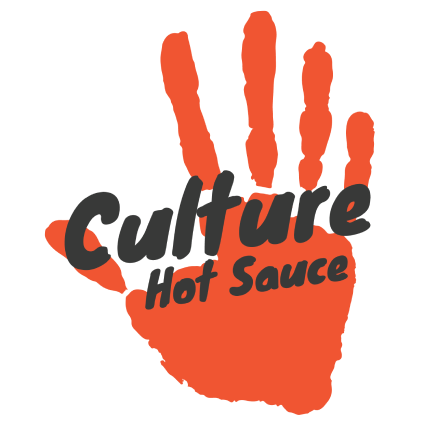The History of Hot Sauce Around the World
Spice has been around longer than your favorite takeout.
Hot sauce isn’t just a modern food trend—it’s a global story that spans continents, cultures, and centuries. From ancient Mesoamerica to modern-day kitchens, hot sauce has ignited the world’s taste buds for over 6,000 years.
🌶️ The Origins of Heat: Ancient Beginnings
The earliest evidence of chili pepper consumption comes from Mexico, where archaeologists found traces of domesticated peppers dating back to 6,000 BCE. The Aztecs, Mayans, and other indigenous peoples of Central and South America used chilies for flavor, preservation, medicine, and even spiritual rituals.
Chili peppers were so central to Aztec culture that they were featured in religious ceremonies and mythology. The fiery fruit symbolized strength, purification, and connection to the gods. Sauces made from ground chilies, herbs, and water were used not only on food but also as offerings.
🚢 Spice Hits the Global Stage
After the Columbian Exchange in the late 1400s and early 1500s, chili peppers were introduced to Europe, Africa, and Asia. Portuguese and Spanish explorers brought seeds with them on their voyages, and the pepper took root—literally—in cuisines across the globe:
-
India incorporated chili into curries and chutneys.
-
Thailand used it to balance sweet, sour, salty, and spicy.
-
Korea made gochujang, a fermented red chili paste.
-
North Africa developed harissa, a spicy chili-garlic paste.
-
Jamaica adopted Scotch Bonnet peppers into jerk seasoning.
Despite originating in the Americas, chili peppers became foundational in cuisines thousands of miles away—a true global takeover.
🇺🇸 The Birth of Bottled Hot Sauce
America’s hot sauce journey began in earnest in the 1800s. One of the earliest commercial hot sauces in the U.S. was created by Maunsell White, a New Orleans plantation owner who began aging Tabasco peppers in vinegar. Later, in 1868, Edmund McIlhenny turned this idea into Tabasco, which remains one of the world’s most recognizable hot sauces today.
Throughout the 20th century, regional hot sauces—like Louisiana Hot Sauce, Frank’s RedHot, and Cholula—rose in popularity, each with its own unique flavor profile and heat level. The American hot sauce scene grew steadily until the late 1990s, when the craft hot sauce boom exploded.
🔥 The Craft Revolution
Today, the hot sauce world is thriving with creativity and small-batch innovation. Independent producers like Culture Hot Sauce are pushing the envelope, blending global ingredients with culinary artistry. From tropical fruit fusions to fermented pepper mash, the variety of sauces on the market is hotter—and tastier—than ever before.
Social media and foodie culture have played a major role in this growth. Shows like Hot Ones, spicy food challenges, and YouTube reviews have turned hot sauce into a cultural phenomenon.
